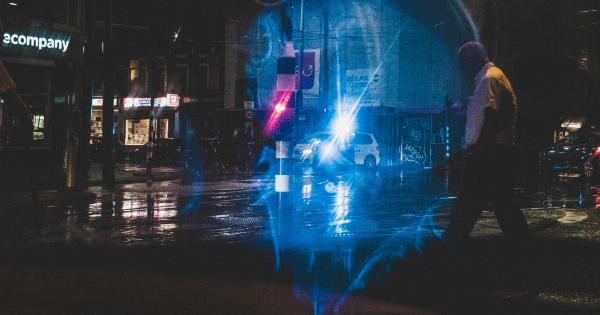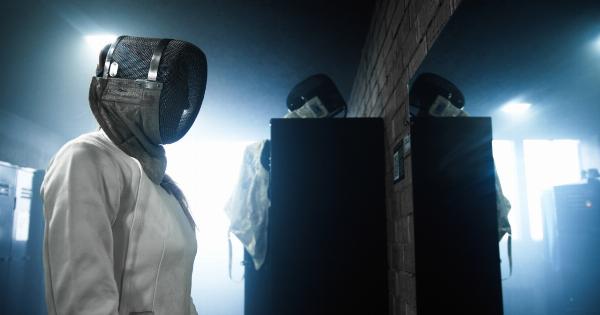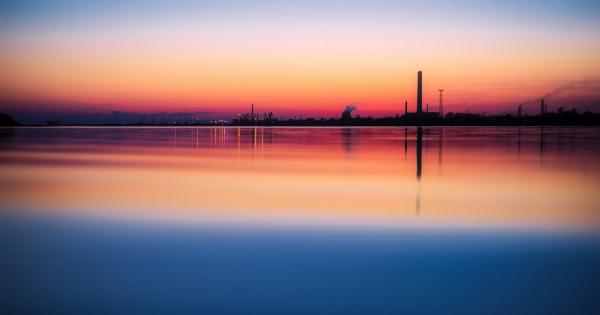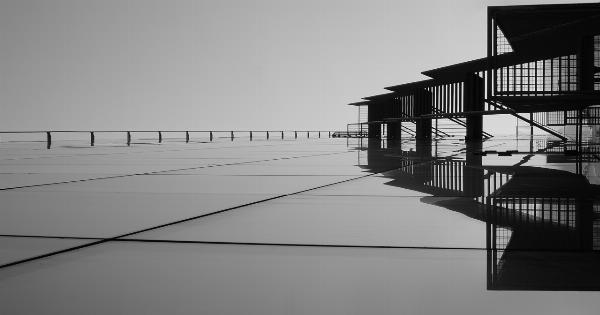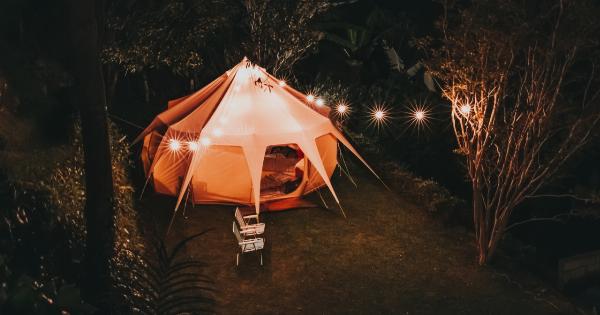Many of us have a deep appreciation for the beauty of nature and its calming effects on our minds and bodies.
We often seek out walks in the woods or hikes in the mountains to disconnect from the constant bombardment of technology and reconnect with the natural world. However, despite our love for nature, there is a hidden factor that is affecting our ability to fully appreciate and protect it. This factor is light pollution.
What is Light Pollution?
Light pollution, or artificial light at night (ALAN), is the excessive or misdirected use of artificial light. This can come from streetlights, security lights, building facade lighting, and even car headlights.
Light pollution has become such a widespread issue that it is threatening our health, wildlife, and ecosystems. It can disrupt sleep patterns, affect bird migrations, and even confuse sea turtles trying to find their way to the ocean.
Impact on Human Health
Light pollution doesn’t just affect wildlife and ecosystems. It also has a significant impact on our health. Our bodies rely on natural changes in light to regulate our internal clocks and keep our circadian rhythms in sync.
However, artificial light at night can disrupt these natural rhythms and lead to a host of health problems, including insomnia, depression, and even cancer. Studies have shown that there is a higher incidence of breast and prostate cancer in areas with high levels of light pollution.
Impact on Biodiversity
Light pollution affects a wide range of wildlife, from beetles and fireflies to birds and sea turtles. For many species, artificial lights can act as a trap, confusing them and leading them astray.
Birds can become disoriented and crash into buildings, while sea turtles can mistake streetlights for the moon, leading them away from the ocean and towards dangerous roads. Light pollution can even impact the mating patterns of many species, disrupting their natural behaviors and leading to population declines.
The Cost of Light Pollution
Aside from the impact on human health and biodiversity, light pollution also comes with a significant financial cost. It is estimated that the United States alone spends over $3 billion per year on energy for outdoor lighting.
In addition, light pollution can have a negative impact on our ability to enjoy starry night skies, impacting the tourism industry in areas known for their natural beauty.
What Can We Do?
Despite the widespread impacts of light pollution, there are things we can do to reduce our contribution to the problem.
Simple solutions include turning off lights when not needed, using outdoor lighting fixtures that direct light downward, and using non-glare bulbs. Additionally, communities can work to implement dark sky ordinances to reduce light pollution, and individuals can work to raise awareness of the issue and push for change.
Conclusion
Our love for nature is often seen as a given. However, the effects of light pollution show us that our relationship with the natural world is not as straightforward as we may think.
By taking action to reduce our contribution to light pollution, we can not only protect our health and the health of the planet, but also deepen our appreciation for the beauty and wonder of the natural world.











